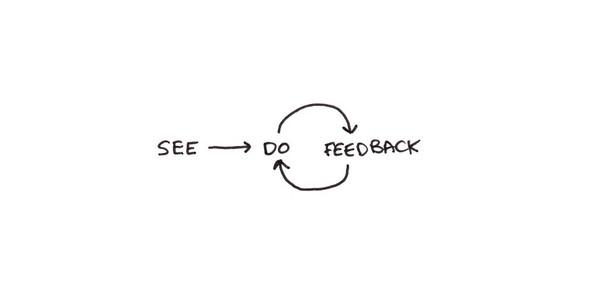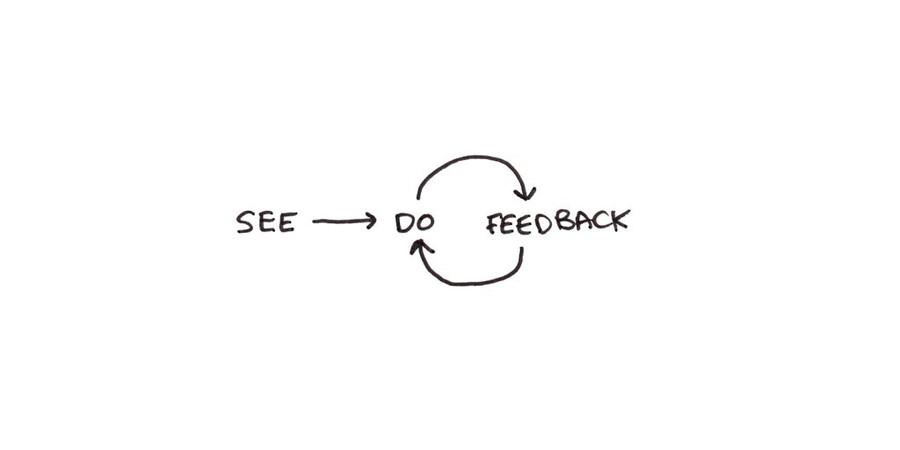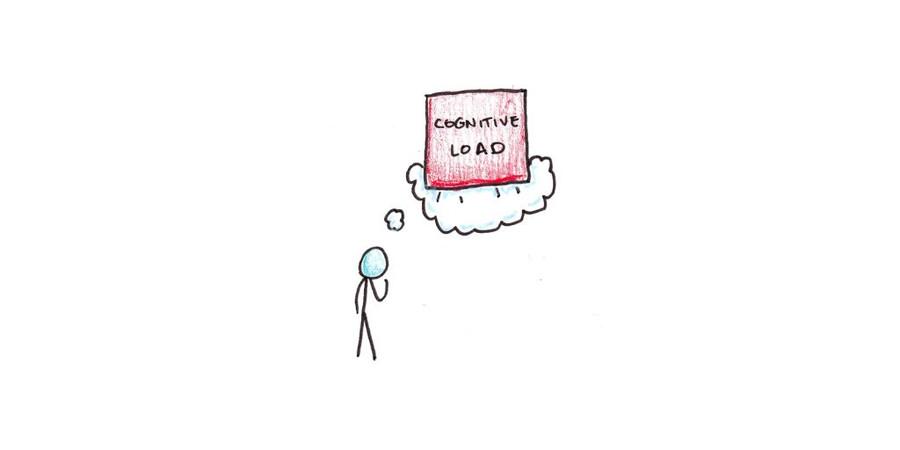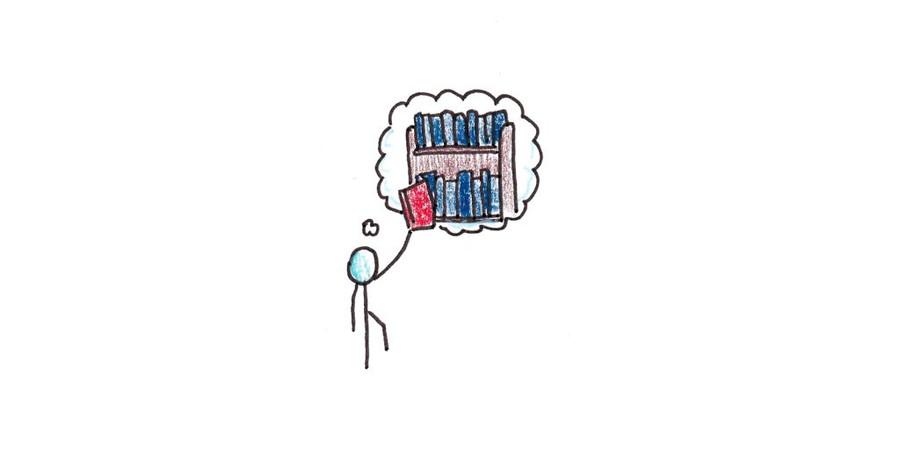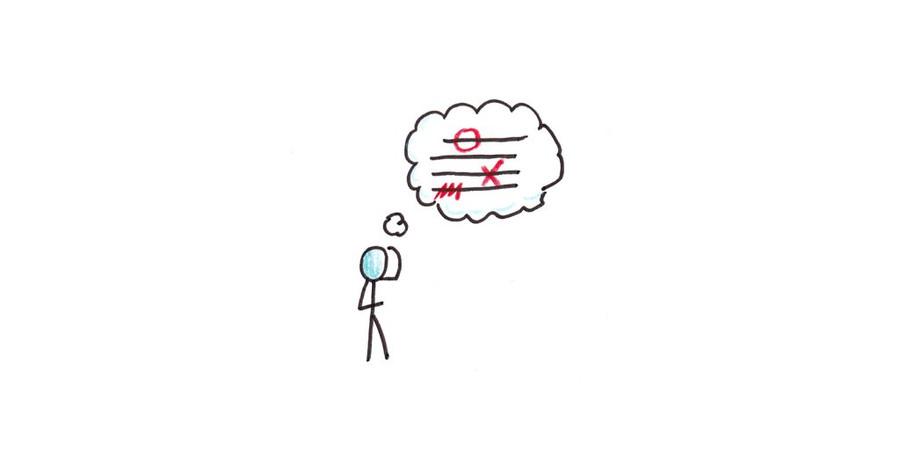Explore the World's Best Ideas
Join today and uncover 100+ curated journeys from 50+ topics. Unlock access to our mobile app with extensive features.
Practice is more complex than a simple observation
Practice is the foundation for effective learning. Yet, simple observation is more complex to do.
Good practice is possible with the see-do-feedback loop:
- See. Find an example of how to solve a problem.
- Do. Solve the problem yourself.
- Feedback. Check if you got the right answer.
66
421 reads
See: The Power of Examples
Decades of research show that experts get good by acquiring tons of specific patterns of knowledge.
One specific study by Graham Cooper and John Sweller showed that when students were given examples where the problems were worked step-by-step and the solution provided were better able to solve test problems than those who did not get examples. The reason is that when you learn a pattern, it is less cognitively taxing.
66
330 reads
Do: The Need for Retrieval
Watching alone is not effective. Knowledge needs to become an automatic skill to be useful.
Practice is not just for physical skills. A study by Jeffrey Karpicke and Janelle Blunt showed that students that recalled a passage they've read did much better on a test than those who re-read the passage several times.
The best approach to learning is to see a few examples of the pattern to be learned, then practice without examples so you can perform from memory.
66
278 reads
Feedback: Check Your Work
You need to get feedback on your practice. If the problem is straightforward, seeing the correct solution is enough. But skills with gradations of performance or more subjective measures of success need a teacher, tutor or coach for feedback.
- Feedback correct errors.
- Feedback can train your unconscious learning system. The brain works through rewards. It reinforces past actions that led to success and weakens those that led to failure.
- Feedback guides your attention and motivation for future learning.
59
224 reads
Examples of implementing the Loop
- Languages: Notice vocabulary, phrases and grammar; test it out in a conversation, then check if you are properly understood.
- History: Read a book, write a summary explaining the main points, then check back to see what you’ve missed.
- Business: Learn a new management technique, implement it in your company, then see how it performs.
59
245 reads
IDEAS CURATED BY
Frank Morgan's ideas are part of this journey:
Learn more about communication with this collection
How to set boundaries to protect your energy
How to cultivate positive energy
Why rest and recovery are important
Related collections
Similar ideas
Read & Learn
20x Faster
without
deepstash
with
deepstash
with
deepstash
Personalized microlearning
—
100+ Learning Journeys
—
Access to 200,000+ ideas
—
Access to the mobile app
—
Unlimited idea saving
—
—
Unlimited history
—
—
Unlimited listening to ideas
—
—
Downloading & offline access
—
—
Supercharge your mind with one idea per day
Enter your email and spend 1 minute every day to learn something new.
I agree to receive email updates
